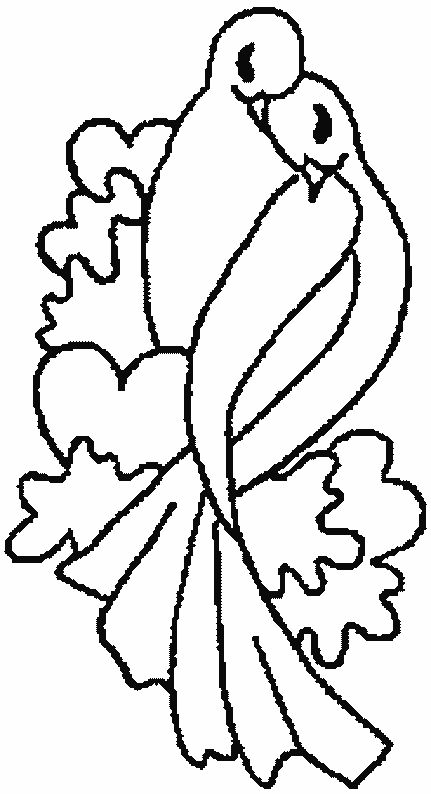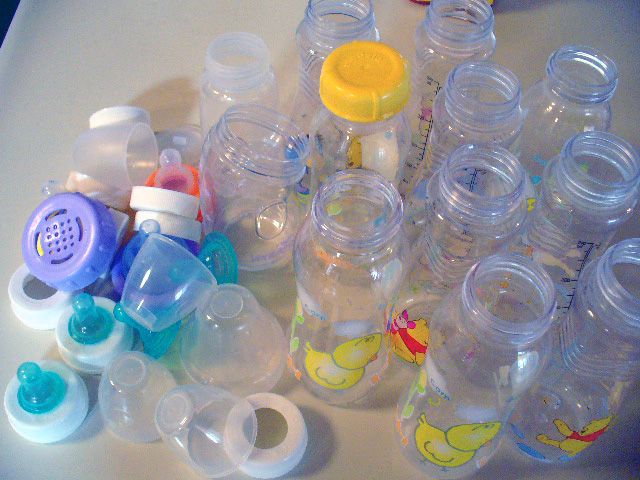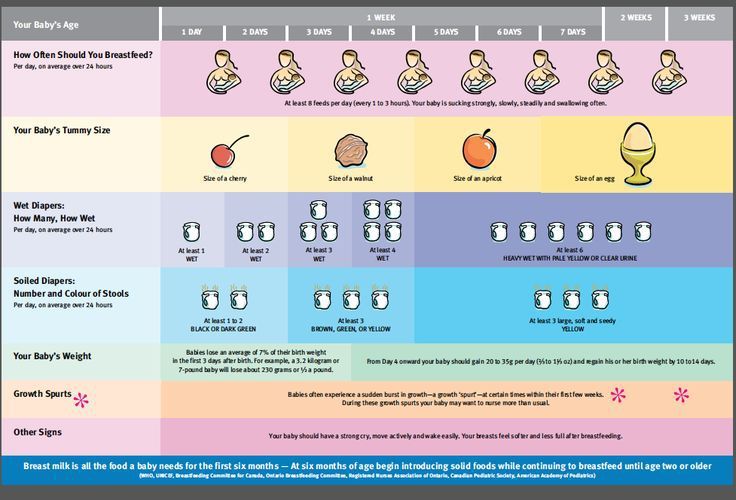Baby solid food ideas
Baby and toddler meal ideas
If you need some inspiration to help you cook healthy and tasty food for your kids, try these meal ideas.
They are not suitable as first foods, but fine once your baby is used to eating a wide range of solid foods. Read more about your baby's first solid foods.
When preparing food for babies, do not add sugar or salt (including stock cubes and gravy) directly to the food or to the cooking water.
You can find more meal ideas and recipes on the Start4Life website.
Breakfast ideas for babies and young children- unsweetened porridge or lower-sugar cereal mixed with whole milk and topped with fruit, such as mashed ripe pear or banana
- wholewheat biscuit cereal (choose lower-sugar options) with whole milk and fruit
- lower-sugar breakfast cereal and unsweetened stewed apple with plain, unsweetened yoghurt
- toast fingers with mashed banana and smooth peanut butter (if possible, choose unsalted and no added sugar varieties)
- toast fingers with a hard-boiled egg and slices of tomato, banana or ripe peach
- toast or muffin fingers with scrambled egg and slices of tomato
- lamb curry with rice
- cauliflower cheese with cooked pasta pieces
- baked beans (reduced salt and sugar) with toast
- scrambled egg with toast, chapatti or pitta bread served with vegetable finger foods
- cottage cheese (full-fat) dip with pitta bread, cucumber and carrot sticks
- mashed sweet potato with chickpeas and cauliflower
- shepherd's pie (made with beef or lamb and/or lentils or vegetarian mince) with green vegetables
- rice and mashed peas with courgette sticks
- minced chicken and vegetable casserole with mashed potato
- mashed canned salmon with couscous and peas
- fish poached in milk with potato, broccoli and carrot
Finger food is food that's cut up into pieces big enough for your child to hold in their fist with a bit sticking out. Pieces about the size of your own finger work well.
Examples of finger foods:
- soft-cooked vegetables such as broccoli, cauliflower, courgette, parsnip and sweet potato
- carrot or cucumber sticks and avocado
- fresh fruits, such as apple (soft-cooked if needed), banana or soft, ripe peeled pear or peach
- toast, pitta or chapatti fingers
- unsalted and unsweetened rice or corn cakes
- strips of meat without bones, such as chicken and lamb
- cheesy (full-fat) toast fingers and cucumber
- hard boiled eggs
- omelette fingers
Babies under 12 months do not need snacks; if you think your baby is hungry in between meals, offer extra milk feeds instead.
Once your baby is 1 year old, you can introduce 2 healthy snacks in between meals:
- vegetables such as broccoli florets, carrot sticks or cucumber sticks
- slices of fruit, such as apple, banana or soft, ripe peeled pear or peach
- pasteurised, plain, unsweetened full-fat yoghurt
- toast, pitta or chapatti fingers
- unsalted and unsweetened rice or corn cakes
- small strips of cheese
It may take up to 10 tries, or even more, for your child to get used to new foods, flavour and textures.
Be patient and keep offering a variety of fruits and vegetables, including ones with bitter flavours such as broccoli, cauliflower, spinach and cabbage.
Try to make sure fruits and vegetables are included in every meal.
Try these ways to help your child eat more fruit and vegetables:
- give carrot sticks, cucumber stick or slices of pepper with hummus as a snack
- give apple slices with smooth peanut butter as a snack
- mix chopped or mashed vegetables with rice, mashed potatoes, meat sauces or dhal
- add vegetables to classic savoury dishes such as cottage or shepherd's pie, spaghetti bolognese or casseroles
- chop prunes or dried apricots into cereal or plain, unsweetened yoghurt, or add them to a stew
- for a tasty dessert, try mixing fruit (fresh, canned or stewed) with plain, unsweetened yoghurt.
Read more about how to help your baby enjoy new foods and fussy eaters.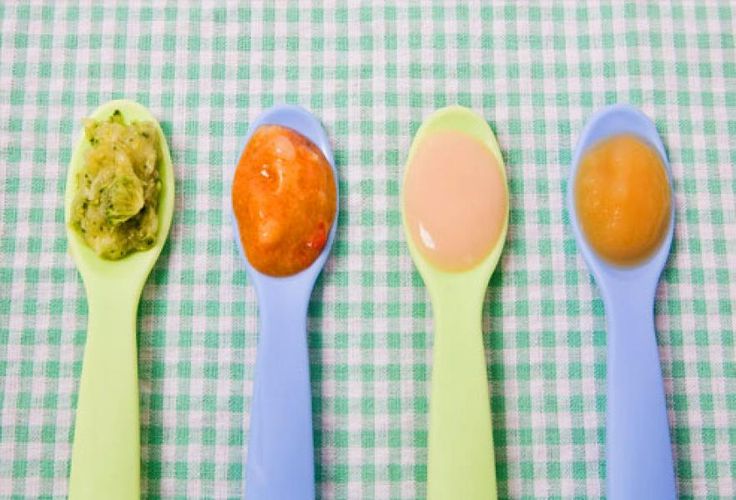
From around 6 months, breast milk and first infant formula should continue to be your baby's main drink.
Whole cows' milk can be used in cooking or mixed with food from around 6 months but shouldn't be given as a drink until they are 12 months old. Whole milk should be given to children until they are 2 years old, as they need the extra energy and vitamins it contains.
Semi-skimmed milk can be introduced once your child is 2 years old, as long as they are a good eater and they have a varied diet.
Skimmed and 1% milk are not suitable for children under 5 years old, as they do not contain enough calories.
Sugary squashes, flavoured milk, "fruit" or "juice" drinks and sugary fizzy drinks can cause tooth decay, even when diluted. These drinks can also fill your child up so they're not hungry for healthier food. Instead, offer sips of water from a cup with meals.
Instead, offer sips of water from a cup with meals.
Read more about drinks and cups for babies and young children.
Further information- Foods to avoid giving babies and young children
- Food allergies in children
- What to feed young children
- Toodler food: common questions
- Children's food: safety and hygiene
Best Early Finger Foods for Baby (With Tips, Visuals, and Recipes)
Use this list of safe, nutritious, and easy to eat finger foods for baby to help you know exactly what (and how) to offer at meals and snacks. Plus, find the best first finger foods, troubleshooting tips, and visuals of foods broken down by food group to keep things easy!
Finger Foods for Baby
After baby starts solids and is ready to move onto finger foods, you may feel a little confused by exactly what to serve and how to serve it. Which is totally normal because it can be scary to let baby feed themselves this way and we may not have any experience doing this—or we may have totally forgotten from our last kiddo!
Which is totally normal because it can be scary to let baby feed themselves this way and we may not have any experience doing this—or we may have totally forgotten from our last kiddo!
This list of finger foods for baby will cover some great first finger foods to start with, then set you up with plenty of healthy options from each food group.
TIP: Find more info on starting solids here and the best foods to start with if doing baby led weaning or purees with baby.
Healthy Baby Food
I love sharing these ideas for baby food since they are easy to prepare and serve and because I know how hard it can be to continue to come up with flavorful and healthy meals and snacks for our little ones. Let me tell you, I’m on my third kiddo and it can be such a challenge to feed him during the chaos of parenting the rest of my crew! These foods are wholesome and nutritious—perfect for your baby.
TIP: I’m a big fan of SpoonfulONE, a company that offers the most complete way to introduce food allergens to our kids.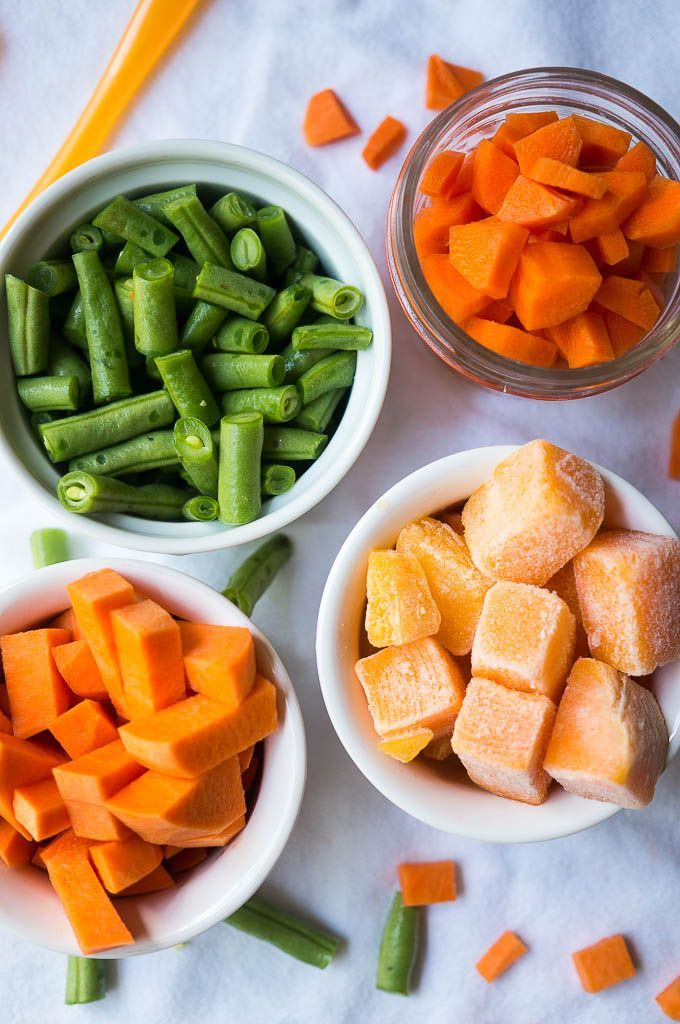 They make mix-ins, puffs, and crackers that are yummy and easy for babies and toddlers to eat. Learn more about their pediatrician-approved baby foods here. (sponsored link)
They make mix-ins, puffs, and crackers that are yummy and easy for babies and toddlers to eat. Learn more about their pediatrician-approved baby foods here. (sponsored link)
Best First Finger Foods
When baby is around 9 months, you’ll notice that they’re able to pick up smaller pieces of food with two fingers. This is known as the “pincer grasp” and is a sign that they’re ready to start finger foods. To be clear, when I say “finger foods” I mean small pieces of food that a baby (or toddler) can feed themselves.
Here are some of my favorite ones to start with that are all super soft, safe to eat, and easy to pick up.
- Scrambled egg, broken up into small pieces
- Roasted sweet potato mashed and broken up into small pieces
- Fresh raspberries, broken up into smaller pieces
- Oatmeal, cooked according to package directions and allowed to cool
- Tofu, diced and sauteed lightly or steamed
- Ground beef, chicken, or turkey, broken up into small pieces or lightly mashed meatballs
- Shredded cheese or crumbled goat cheese
- Mashed sweet potato, in little pieces
- Peanut butter puffs
TIP: You can serve the tofu, ground meat, or meatballs in veggie puree from a pouch or a simple marinara sauce for extra moisture and flavor. Learn more about how and why to introduce peanut butter.
Learn more about how and why to introduce peanut butter.
Finger Foods for Baby: Fruits and Veggies
Some of my favorite early fruits and veggies to serve babies are:
- Mashed roasted sweet potato, broken up into small pieces
- Warmed frozen peas, slightly mashed if desired
- Roasted Zucchini
- Diced Roasted Sweet Potato or Butternut Squash
- Fresh blueberries, cut in half or quarters
- Fresh raspberries, broken into small pieces
- Banana, broken into small segments (they are less slippery this way versus slicing them)
- Avocado, diced and mashed slightly (be sure it’s ripe and very soft)
TIP: A good rule of thumb is to serve pieces of food that are about the size of a pea to start and soft enough that they are easy to squish between your fingers. This will be easy for baby to pick up and eat and will also reduce chances of choking.
Finger Food Ideas: Carbohydrates
Offering complex carbohydrates can provide fiber, a variety of textures, B vitamins, and more.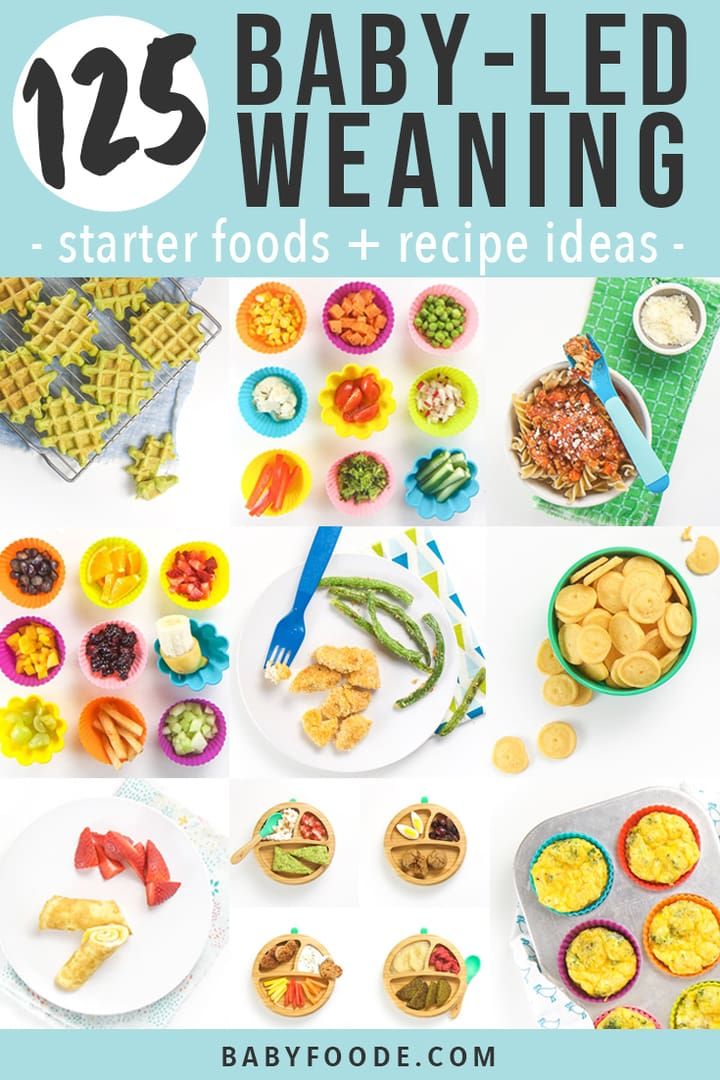 Try these with your baby.
Try these with your baby.
- Spinach pancakes (moisten with applesauce or plain yogurt if needed; this recipe is particularly moist and great for babies)
- Oatmeal, cooked according to package directions and allowed to cool
- Baby Puffs
- Peanut Butter Puffs
- Rice (it’s easiest if it’s in little clumps so baby can pick it up; this Coconut Rice or this Cheesy Rice are both good options)
- Baby Banana Muffin
- O cereal (soften in nondairy unsweetened milk or yogurt as needed)
- Baked Oatmeal, diced
Finger Food Ideas: Proteins
Offering proteins will continue to expose baby to a range of nutrients. These are my go-tos for babies newer to finger foods—and toddlers too.
- Shredded cheese (thicker cuts are a little easier to pick up)
- Tofu, diced and sauteed lightly or steamed
- Flaked cooked wild salmon
- Lightly mashed meatballs
- Shredded chicken, cut up finely (we love this Butter Chicken to share with baby)
- Ground beef, turkey, or chicken, broken into smaller pieces
- Lightly mashed beans
- Scrambled eggs, broken up into small pieces
- Diced egg muffins
I’d love to hear any questions you may have, or if you have foods that your babies enjoy that I didn’t include here.
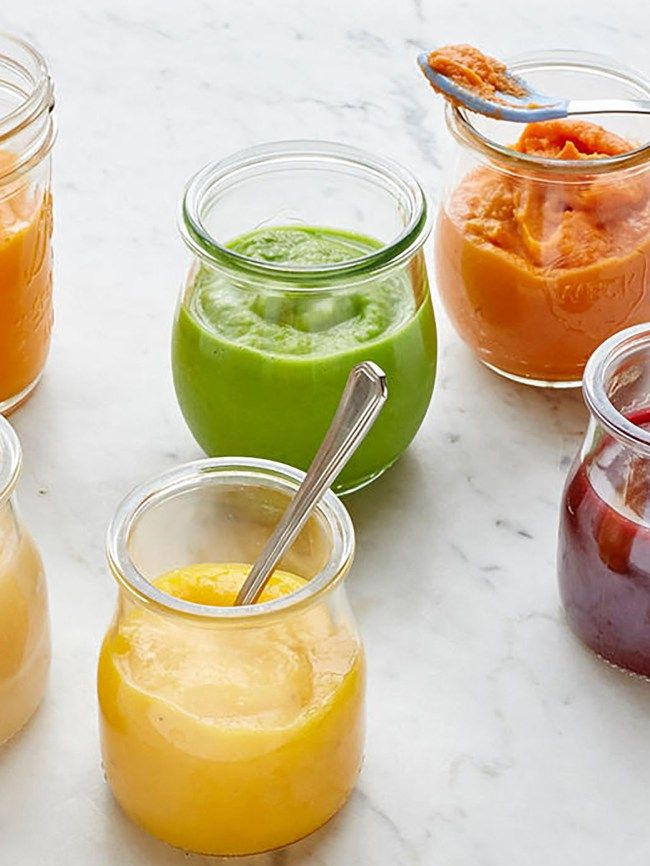 Chime in below in the comments!
Chime in below in the comments!Prep Time 5 minutes
Cook Time 5 minutes
Total Time 10 minutes
Author Amy Palanjian
Cuisine American
Course Baby Food
Calories 124kcal
Servings 1
First Finger Foods (choose 1-3 per meal)
- ▢ 1 Scrambled egg (broken up into small pieces)
- ▢ 1/4 cup Roasted sweet potato, mashed and broken up into small pieces
- ▢ 1/4 cup Fresh raspberries (broken up into smaller pieces)
- ▢ 1/4 cup Oatmeal (cooked according to package directions and allowed to cool)
- ▢ 2 tbsp Tofu (diced and sauteed lightly or steamed)
- ▢ 2 tbsp ground beef, chicken, or turkey, broken up into small pieces or lightly mashed meatballs
- ▢ 2 tbsp shredded cheese or crumbled goat cheese
- ▢ 1/4 cup Mashed sweet potato (broken into little pieces)
- ▢ 1/4 cup Peanut butter puffs
Fruits and Veggies
- ▢ 1/4 cup mashed roasted sweet potato (broken up into small pieces)
- ▢ 1/4 cup warmed frozen peas
- ▢ 1/4 cup Roasted Zucchini
- ▢ 1/4 cup diced Roasted Sweet Potato or Butternut Squash
- ▢ 1/4 cup blueberries (cut in half or quarters)
- ▢ 1/4 cup raspberries (broken into small pieces)
- ▢ 1/4 cup banana slices (broken into small segments—they are less slippery this way versus slicing them)
- ▢ 2 tbsp avocado (diced and mashed slightly—be sure it's ripe and very soft)
Whole Grains and Carbohydrates
- ▢ 1 Spinach pancakes (moisten with applesauce or plain yogurt if needed; this recipe is particularly moist and great for babies)
- ▢ 1/4 cup Oatmeal (cooked according to package directions and allowed to cool)
- ▢ 1/4 cup Baby Puffs
- ▢ 1/4 cup Peanut Butter Puffs
- ▢ 1/4 cup fully cooked rice (it's easiest if it's in little clumps so baby can pick it up; this Coconut Rice or this Cheesy Rice are both good options)
- ▢ 1 Baby Banana Muffin
- ▢ 1/4 cup O cereal (soften in nondairy unsweetened milk or yogurt as needed)
- ▢ 1/4 cup Baked Oatmeal (diced or regular oatmeal broken into little pieces)
Dairy
- ▢ 2 tbsp Shredded cheese (such as mozzarella)
- ▢ 2 tbsp Tofu (diced and sauteed lightly or steamed)
- ▢ 2 tbsp flaked cooked wild salmon
- ▢ 1 lightly mashed meatballs
- ▢ 2 tbsp finely shredded chicken (we love this Butter Chicken to share with baby)
- ▢ 2 tbsp ground beef, turkey, or chicken (broken into smaller pieces)
- ▢ 2 tbsp lightly mashed beans
- ▢ 1 Scrambled egg (broken up into small pieces)
- ▢ 1 Diced Egg muffins
For each meal or snack, choose 2-3 foods from a mix of food groups.
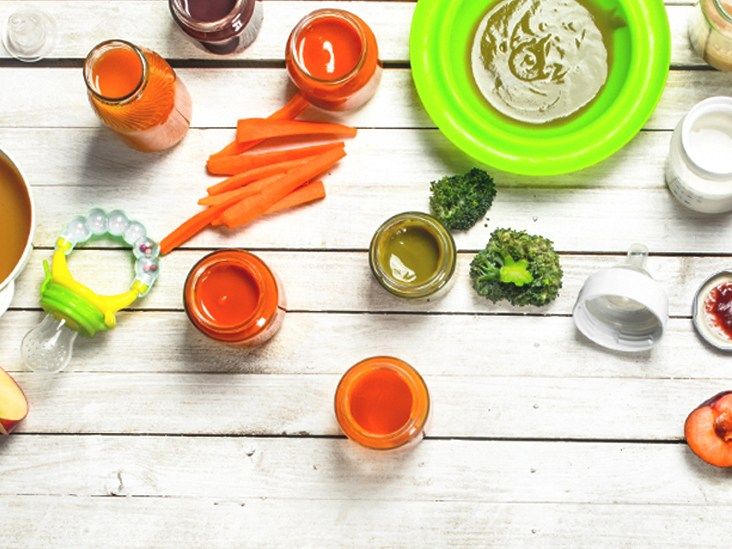 Aim to include some fat in most meals and protein in many too.
Aim to include some fat in most meals and protein in many too.Prepare the food, cutting into small pieces and/or mashing as needed to make the food easy to eat.
Start with small portions and allow more as baby indicates according to their hunger.
- Store leftovers in an airtight container for 3-5 days in the fridge.
- Many foods you cook for your family will work as baby finger foods—just be sure they are easy to squish between your fingers and the pieces are small and easy to chew.
- Babies very normally make a lot of faces when they eat, so don't assume they don't like something just because they scrunch their nose!
- Flavors and textures can take time to learn to eat, so continue offering foods in small portions even if baby hasn't liked them in the past—and make sure they taste good to you!
Calories: 124kcal, Carbohydrates: 14g, Protein: 7g, Fat: 4g, Saturated Fat: 1g, Polyunsaturated Fat: 1g, Monounsaturated Fat: 2g, Trans Fat: 1g, Cholesterol: 164mg, Sodium: 81mg, Potassium: 344mg, Fiber: 4g, Sugar: 5g, Vitamin A: 9857IU, Vitamin C: 18mg, Calcium: 51mg, Iron: 1mg
Tried this recipe?Rate in the comments and tag @yummytoddlerfood on IG!
ᐉ Recipes for children under one year old, with photos, step by step, for every day, pp recipes- food4baby.
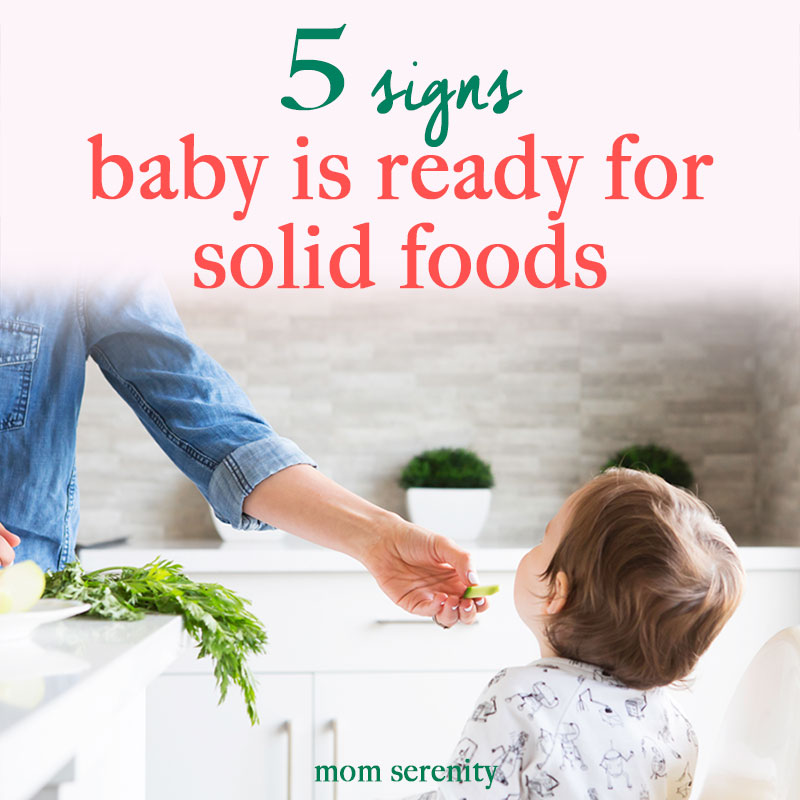 com.ua
com.ua - Recipes for children under one year old
Show: 12255075100
Lentil and pumpkin puree soup recipe for children
Lentil and pumpkin puree soup recipe is suitable for children under one year old, a year old and after a year old. A good option for what to cook for lunch or dinner for a child and a common table. Lentil dishes ..
Steamed fish pancakes for children
Steamed fish pancakes for children are very tender and tasty. A good option is what to cook for lunch for a child up to a year, a year and after a year. From 18 months such a dish of fish and vegetables..
Sugar and Flour-Free Apple and Oat Casserole for Children
Sugar and Flour-Free Apple and Oat Casserole for Children is very easy to make. The casserole is soft and sweet, the main thing is to put a sweet apple. Don't know what at..
Recipe for buckwheat porridge with fish for children
Recipe for buckwheat porridge with fish for children will help diversify the menu with nutritious and tasty porridge. A good option is what to cook for lunch for a child up to a year, a year and after a year. Co..
A good option is what to cook for lunch for a child up to a year, a year and after a year. Co..
Zucchini caviar recipe for children
Zucchini caviar recipe for children is simple and versatile. It can be prepared from both fresh zucchini and frozen ones. A good salad option for children up to a year, a year and after ..
Carrot and prunes puree recipe for babies
Carrot and prunes puree recipe suitable for babies up to 1 year old from 6 months old. Delicate, sweet puree will definitely appeal to a child in the year and after the year. It can be eaten as a snack, or before..
Couscous porridge recipe with fish, spinach and vegetables for a child
Couscous porridge recipe with fish, spinach and vegetables will appeal to the whole family. The porridge cooks quickly. Thanks to fish and vegetables, it is nutritious and healthy. Spinach can be taken fresh or frozen..
Recipe for meat casserole with rice and steamed carrots for children
Recipe for meat casserole with rice and steamed carrots you will definitely like it. A good option is what to cook from meat for children up to a year, a year and after a year. The casserole is soft..
A good option is what to cook from meat for children up to a year, a year and after a year. The casserole is soft..
Recipe for an omelet with spinach and zucchini for children and mothers
Omelettes can be included in the child's menu after an egg has been introduced into complementary foods. The recipe for spinach and zucchini omelet is very simple and healthy, as it contains spinach. Omelet is obtained with..
Child nutrition up to a year - this is one of the most important questions that mothers have in the first year baby's life. According to WHO recommendations, complementary foods should be introduced from 5 months, if the child is bottle-fed and from 6 months, if the child is breastfed.
Products follow enter in the following order: vegetable mono puree (zucchini, broccoli, colored cabbage, carrots), dairy-free cereals (corn, buckwheat, rice, oatmeal), fruit purees. From 8 months, you can start introducing meat purees (rabbit, turkey, veal) and egg yolk.
When administered a new product should be monitored for the reaction of the child's body. When allergic reaction, contact your pediatrician for advice.
After injection vegetables, cereals and fruits, you can cook vegetable puree soups, fruit purees, cereals with fruit purees.
From 8-10 months soups and vegetable purees can be given a less tender consistency by grinding them through sieve or mash well with a fork. From 10 months, the child can be offered a finger complementary foods - small pieces of well-boiled vegetables and ripe fruits without peels (broccoli, potatoes, cauliflower, zucchini). So baby will learn to eat in pieces and develop fine motor skills of the hands.
Meals for children up to a year should be boiled, baked or steamed, without adding salt and seasonings.
On our website you you will find many options for what you can cook for a child up to a year old for breakfast, lunch, dinner, afternoon snack or snack. There are simple, tasty and healthy recipes for cereals, dishes from vegetables, meat and fish.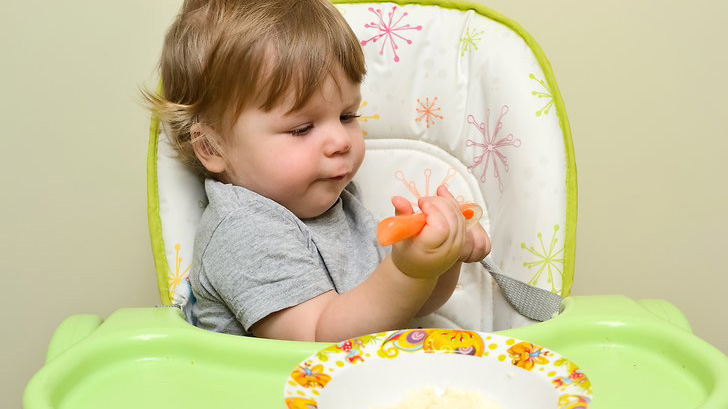 Our recipes are very simple and quick to prepare, because a child under one year old needs constant supervision and care. mothers have very little free time.
Our recipes are very simple and quick to prepare, because a child under one year old needs constant supervision and care. mothers have very little free time.
You can make a menu for a child for the day or a week, saving the recipes you are interested in as favorites.
And most importantly, we always in touch! If you have any questions about the recipe, write in the comments under it and we will respond promptly.
We wish you baby have a good appetite!
Menu for the little ones: baby food
1. The baby is already 6 months old. Before this age, the baby's gastrointestinal tract is not ready for food other than breast milk (or formula).
3. The child shows an active interest in food, watches with interest how mom and dad eat, reaches for the plate with a handle.
4. Baby no longer has the ejection reflex and will not expel food with his tongue.
If at least one of the signs is absent, the introduction of complementary foods should be postponed. Also, you should not start introducing complementary foods when the child is sick, his teeth are being cut, in a possible stressful situation, for example, moving.
Also, you should not start introducing complementary foods when the child is sick, his teeth are being cut, in a possible stressful situation, for example, moving.
To understand how to start complementary foods, we first outline the goals of complementary foods.
Since during the first half of the year breast milk completely covers all the needs of the baby in useful and nutritious substances, including vitamins, during this time the baby can be exclusively breastfed. However, by 6 months, the child is ready for the appearance of other food in the diet, except for mother's milk. And ready, both physiologically and psychologically. From this follows the goal and objectives of complementary foods: to introduce the baby to new tastes, prepare him for eating adult solid food, teach him to chew, maintain interest in food.
An approximate plan
You should focus on the following plan for the introduction of products:
at 6 months - vegetables,
at 7 months - cereals,
at 8-9 months - sour-milk products, -9 months - meat (turkey, rabbit, veal),
10-11 months - fish.
Pediatricians recommend that children start complementary foods with cereals in case of weak weight gain or frequent regurgitation. Modern pediatricians are increasingly advised not to start complementary foods with juices, as was customary in the past. For the children's digestive system, they become a strong irritant and a big burden.
New products should be introduced carefully and gradually. Starting with a teaspoon and gradually increasing the portion. The kid himself will show that he has eaten - he will simply turn away.
After the "adult" food, the baby should be attached to the breast - let the baby finish the meal with mother's milk.
Observe the reaction to each new product for 1-2 days. If allergic reactions occur, the product that caused them should be postponed for at least a month.
How to cook?
The first dishes that you offer your baby should be boiled or cooked in a double boiler. Let's start with vegetable puree.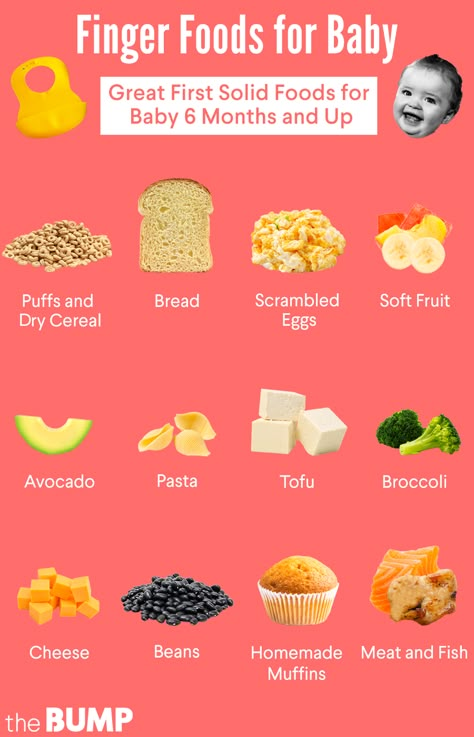
1. First introduce one vegetable. The first can be zucchini or potatoes. You can add carrots later. But it’s better not to rush with cabbage and beets - they are advised to add them to the menu closer to the year.
2. Cut into small pieces and plunge into boiling water (to preserve the vitamins). Previously, pediatricians advised to boil for 20 minutes after boiling. Today everything is much easier. It is enough just to wait for readiness.
3. Strain the vegetable broth, strain the vegetables or simply mash with a fork. After that, gradually add the resulting vegetable broth. At first, the child will like the soup more, over time, you can switch to mashed potatoes.
4. Remember that you do not need to add spices and salt to children's meals. But vegetable oil will come in handy! Take your pick: olive, sunflower, corn… Start with a few drops and work your way up to a teaspoon. The taste of vegetable soup will immediately change.



